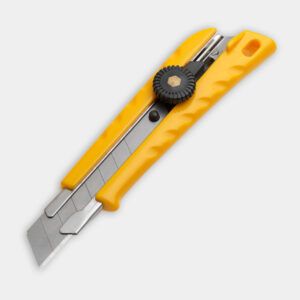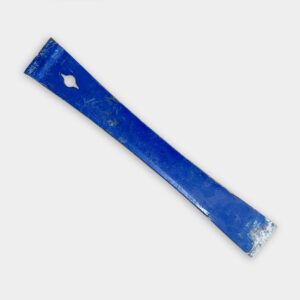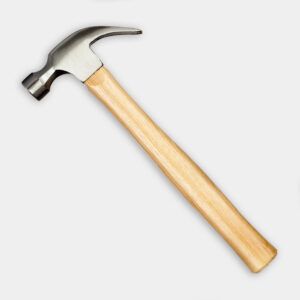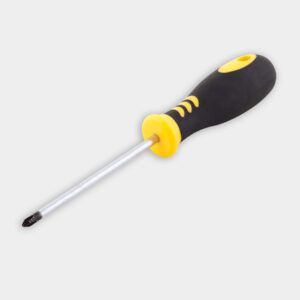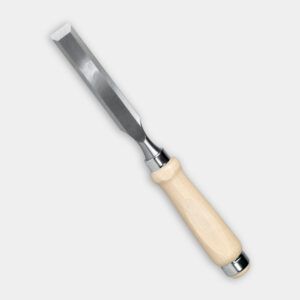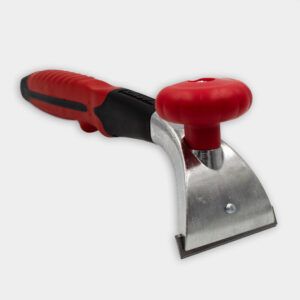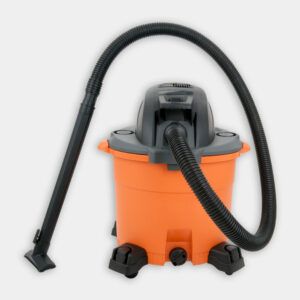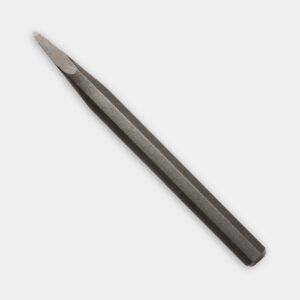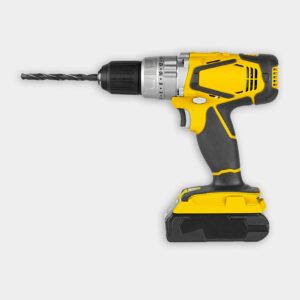Older homes have many charming features. What’s less charming is when those features start to show their age by no longer functioning properly. Some homeowners opt for replacement, such as swapping out old windows that aren’t opening and closing smoothly, but modern options often don’t complement the home.
To keep a Victorian in its original condition without sacrificing functionality, general contractor Tom Silva and window restoration expert Alison Hardy restore a homeowner’s double-hung window to its original condition in the video above. Below, we lay out the process of restoring antique windows so they both look and work as they should. For sash windows in general, check out our guide on how to repair sash windows.
How Double-Hung Windows Should Work
Double-hung windows actually serve a purpose, particularly in older homes. These windows have movable top and bottom sashes, and these sashes can work together to create ventilation in the home.
If the homeowner lifts the bottom sash a few inches while pulling the top sash down a few inches, they can take advantage of convection. As cooler air moves into the house from the bottom opening (cooler air is heavier than warm air), it pushes warm air upward. As the warm air nears the opening above the top sash, it leaves the home, creating a cooling cycle.
However, this can only happen if the window sashes stay in place. Windows in older homes often have window weights behind the jambs that help hold windows in place. Once they fall, it’s tough for homeowners to use their windows for ventilation.
Common Issues With Antique Windows
Over time, antique windows can develop several problems that affect their functionality, such as the following:
- Broken or detached sash cords
- Damaged or missing weatherstripping
- Loose or broken glass panes
- Paint build-up that prevents smooth operation
- Worn-out pulleys
Tools and Materials To Restore Antique Windows
Before diving into the restoration process, check that you have these tools and materials and prepare your workspace.
- Chisel
- Cleaning supplies
- Hammer
- Nail sets
- Painter’s tool or stiff putty knife
- Paint scraper
- Pry bar
- Screwdriver
- Screw gun
- Sash chain
- Utility knife
- Vacuum with HEPA filter
- Weatherstripping
- Window cord
Antique Window Restoration: Safety Precautions
When working on older windows, take these safety precautions:
- Wear safety glasses and a dust mask.
- Use gloves to protect your hands.
- Be aware that old paint may contain lead, so use proper lead-safe work practices.
- Work in a well-ventilated area.
Removing the Window Sashes
The first step in restoring an antique window is removing the sashes. This process requires careful handling to avoid damaging the window components.
Removing the Bottom Sash
To remove the bottom sash, score the paint line between the front stop and the window jamb using a utility knife. Carefully pry off the front stops on both sides using a pry bar and hammer. Remove any screws holding the front stop in place, and gently remove the bottom sash.
Disconnect the sash cord by pulling the knot out of the groove in the side of the sash. Tie a slip knot at the end of the cord to prevent the weight from falling.
Removing the Top Sash
For the top sash, locate the parting bead or parting stop, which holds the top sash in place. Carefully remove the parting beads using a chisel, hammer, or pry bar. Keep a hand on the top sash to prevent it from falling. Once the parting stop is removed, carefully pull the top sash out of the window. Disconnect the sash cords as you did with the bottom sash.
Cleaning and Repairing Antique Windows
Clean the removed sashes on a flat surface using appropriate cleaning solutions. Use a vacuum-attached scraper to remove paint build-up from the sashes and frame. Clean the inside of the window jamb, removing old paint and debris.
If the window was failing to stay open, you may need to replace the sash balancer. You can follow our guide on how to replace a window’s sash spring balancer. For a stuck window, you might want to try our quick fix for a stuck sash before trying more drastic repairs.
This is a good time to also carefully inspect the parts and make necessary repairs. Inspect the pulleys in the jamb and tighten or replace them as needed. Check the condition of the sash cords and replace them if they’re frayed or broken. Repair any damaged wood on the sashes or frame.
Installing New Weatherstripping
Proper weatherstripping helps with energy efficiency and smooth sash operation. To install new weatherstripping, cut the weatherstripping to the correct length for each side of the window frame. Install it in the sash tracks using the nails provided in the kit, then use a nail set to ensure the nail heads are flush with the weatherstripping.
Replacing the Sash Cords
Replacing the sash cords is an important step in restoring the window’s functionality. In the video, Hardy demonstrates an efficient method called the X-pattern. You can follow our guide to replacing sash cords for more detail.
- Attach the sash chain to the end of the sash cord to help feed it through the pulleys.
- Feed the cord through all four pulleys in an X-pattern, going behind existing cords.
- Remove the chain and attach a sash weight to the cord.
- Tie a sash weight knot to secure the weight to the cord.
- Place the weight back in the pocket and mark where the rope meets the pulley.
- Cut the rope and tie an overhand knot at this mark.
- Repeat for all four cords.
Reinstalling the Window Sashes
With all components cleaned and repaired, it’s time to put the window back together. Installing the top sash involves reassembling the window frame. First, place the top sash back into the window jamb. Attach the sash cords to the sash by placing the knots in the grooves on the sides. Secure the cords with a short screw through each knot, and reinstall the parting beads to hold the top sash in place.
Next, place the bottom sash in the window frame. Attach the sash cords as you did with the top sash. Reinstall the front stops to secure the bottom sash.
Final Adjustments and Maintenance
After reinstalling the sashes, make any necessary adjustments to ensure smooth operation. Test the window to make sure both sashes move freely. If the sashes stick, apply a thin layer of wax to the tracks to ease movement. Adjust the stops if needed to create a proper seal when the window is closed.
Regular maintenance will help keep your restored window functioning properly. Clean the tracks regularly to prevent debris buildup and lubricate the pulleys annually. Repaint or reseal the window frame as needed to protect the wood.
